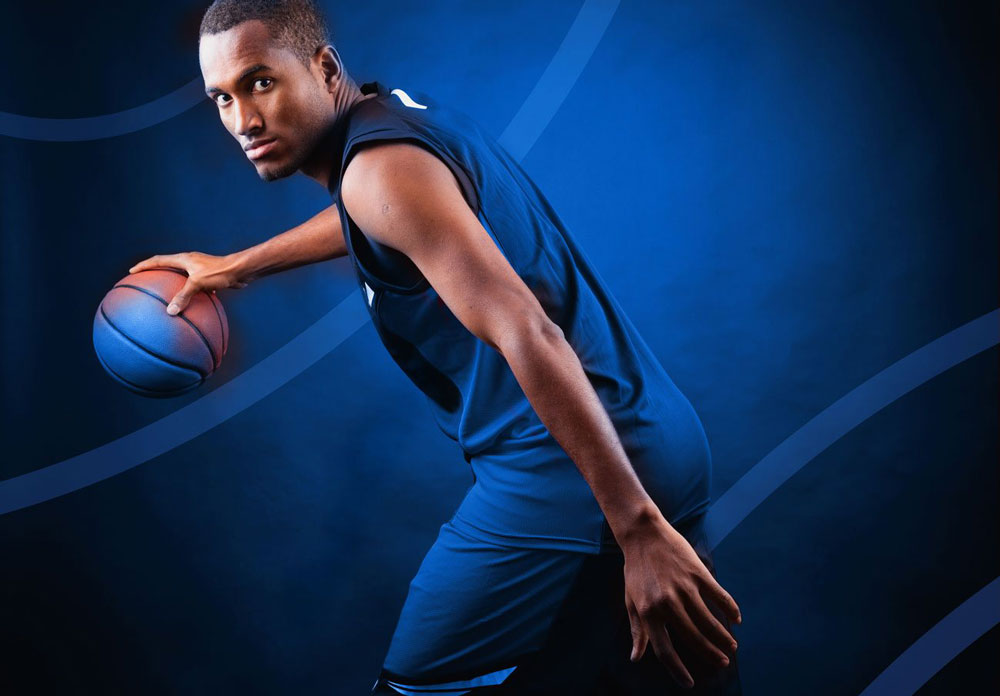Sport Movement Analysis
Sport Movement Analysis - Sports Science On The Rise.
Sport movement analysis is an area of sports science that has risen in popularity over the last decade. Coaches have built their careers on subjectively analyzing movement to optimize a skill or technique; but formal, objective sport movement analysis was confined to the laboratory until recently. High speed cameras such as those built by VICON motion systems provide incredible accuracy. However, the availability of such systems are often too expensive for most elite sport teams. Due to the financial and time pressures in elite sport, cheaper surrogates such as the FMS (functional movement screen) grew in popularity.

Science Transformed Into Action.
Practitioners and researchers alike are fascinated with the area of sport movement analysis as they strive to answer how meaningful data can increase performance or reduce injury risk in their athletes. Inertial measurement units (IMUs) were created to attempt to answer these questions. When attached to the athlete these internal units capture meticulous data that is then relayed to the unit’s dashboard. This information can then be used to determine the bone load, acceleration, step intensity etc. of the athlete and create a statistical picture of their kinetic performance. Kinetics, concerned with the study of forces associated with motion, can be measured with IMUs to provide a biomechanical snapshot of the athlete. The insights provided by this data can then inform recovery plans for the athlete or others that suffer from similar injuries.

Reshaping Sport Movement Analysis With Precision.
Highly technical endeavours such as tennis, football or basketball require proper movement during training and competition – with levels of fatigue and strain affecting both performance and health. Most endurance or high velocity sport movements are repeated thousands of times during a training session. Therefore, proper mechanics are critical to an athlete’s ability to optimise performance and overcome the injuries often associated with fatigue. Every endurance athlete has a unique physical build as well as strengths, weaknesses, and asymmetries that will dictate their personal movement style. Variations from one athlete to another are normal, but coaches should be able to evaluate an athlete’s biomechanics and suggest drills and corrections that will help the athlete improve. This is where technology is reinventing movement analysis in sports.
Turning Research into Practice
- How to Integrate New Performance Monitoring Solutions. A case study with Andrew Gray of the Cronulla Sharks
- Lower limb monitoring for injury rehab. A case study with the University of Memphis.
- Using inertial sensors to improve the return to play process. A case study with Loughborough University.
- Wearable Technology in Tennis Unlocks New Potential in Performance and Rehabilitation

